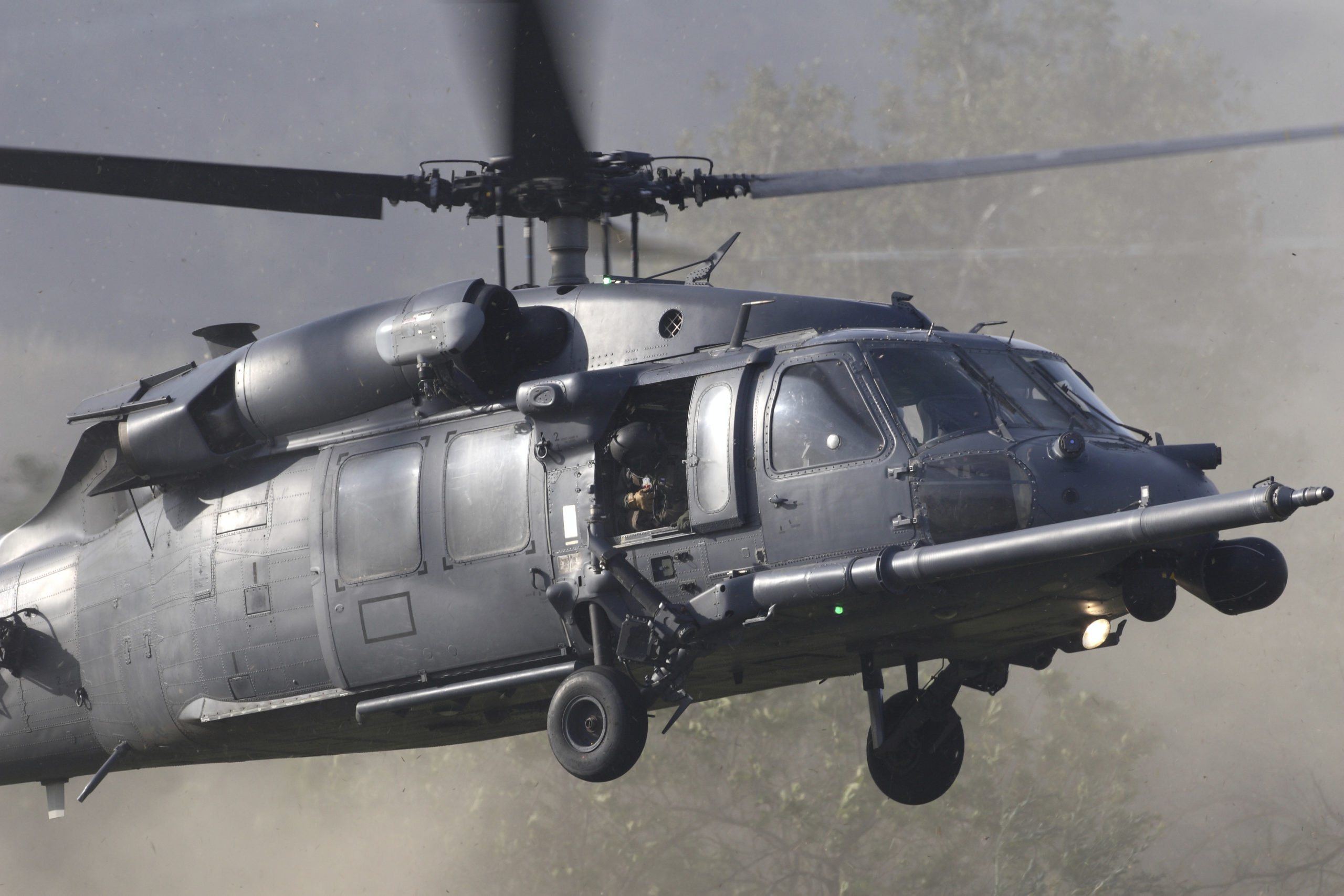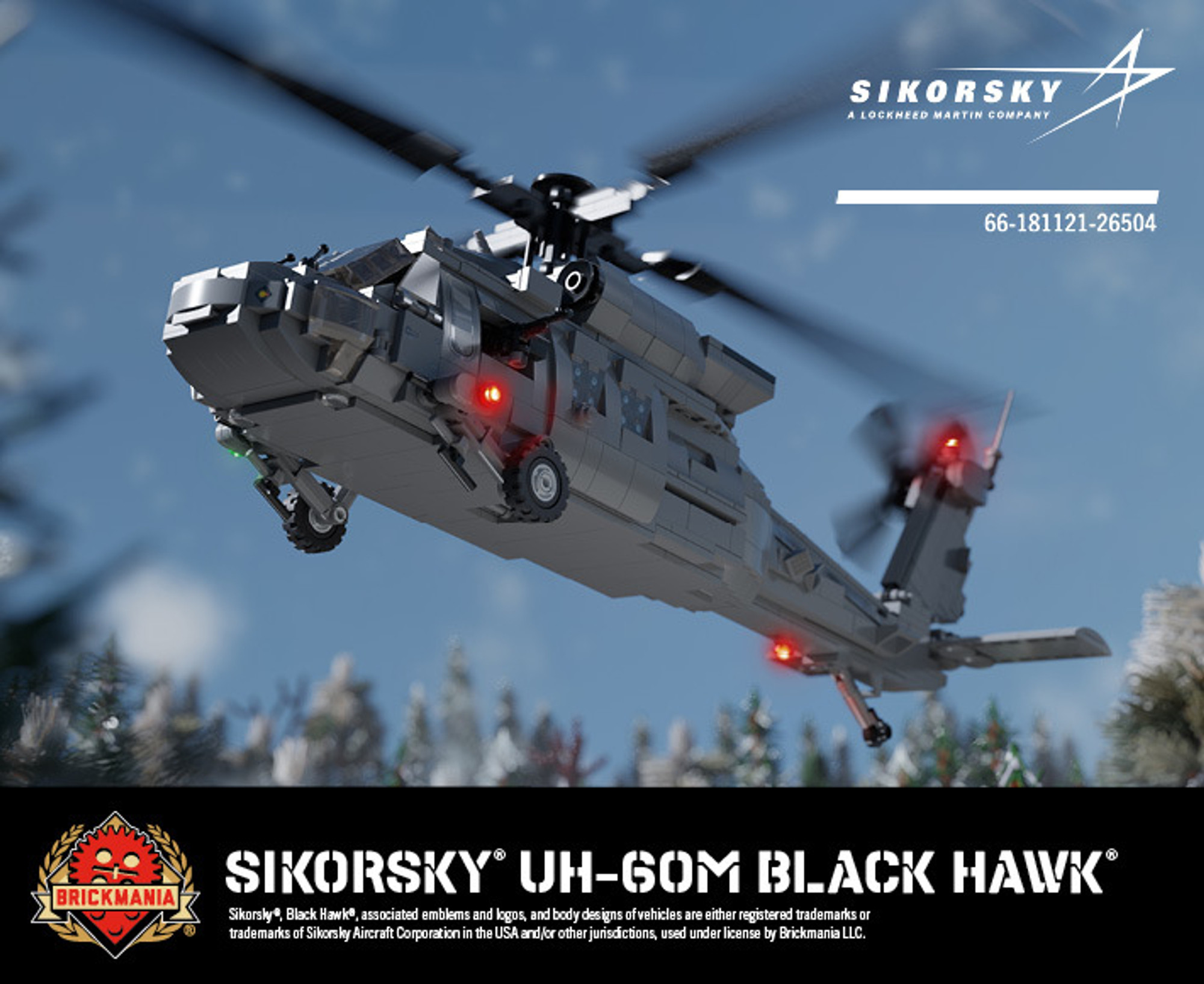How the UH 60 Revolutionized Tactical Air Mobility and Combat Support
How the UH 60 Revolutionized Tactical Air Mobility and Combat Support
Blog Article
Exploring the Background and Evolution of the UH 60 Helicopter

Beginnings of the UH-60
The beginnings of the UH-60 helicopter can be traced back to the late 1960s, a duration noted by the demand for a flexible utility airplane that might adapt to the advancing demands of modern-day war. The united state Military recognized the necessity for a substitute for the older UH-1 Iroquois, which was coming to be increasingly poor for the complexities of contemporary combat circumstances. In 1967, the Army started the Utility Tactical Transportation Airplane System (UTTAS) program, which sought to establish a multi-role helicopter efficient in different goals, consisting of troop transport, clinical discharge, and logistical support.
The UH-60 Black Hawk was presented, showcasing cutting-edge layout elements and progressed technology that set it apart from its precursors. The UH-60 promptly got recognition for its durable performance, dependability, and flexibility, paving the method for its comprehensive use in armed forces procedures and solidifying its condition as a keystone of United state Military aviation.
Trick Style Attributes
Cutting-edge layout functions of the UH-60 Black Hawk substantially add to its operational efficiency. One of one of the most remarkable facets is its twin-engine setup, which enhances integrity and provides a greater power-to-weight proportion, allowing the helicopter to do under numerous conditions. The aircraft's four-blade primary blades system offers enhanced lift and maneuverability, essential for tactical goals.

Furthermore, the cockpit is made for ideal visibility and comfort designs, featuring innovative avionics that improve pilot procedures. The modular design of the UH-60 permits very easy maintenance and flexibility, making it appropriate for various mission accounts, from army transportation to medevac procedures. These vital style functions ensure that the UH-60 Black Hawk stays a reliable and flexible property in army aviation, efficient in fulfilling the demands of modern-day war.
Technical Developments
Recent technical developments in the UH-60 Black Hawk have actually significantly improved its operational capabilities and adaptability. The integration of sophisticated avionics, such as electronic trip control systems and enhanced situational awareness screens, permits pilots to run with increased accuracy and performance. These systems facilitate boosted navigation, communication, and information sharing, making it possible for the helicopter to function successfully in varied settings.
In addition, the introduction of composite products has actually lowered the overall weight of the aircraft while maintaining structural stability. This reduction improves fuel efficiency and extends functional variety. The consolidation of innovative rotor innovation, including making use of four-blade, totally articulated rotor systems, has actually enhanced lift performance and maneuverability, enabling for far better handling in different flight problems.

Moreover, innovations in propulsion systems, such as the T700-GE-701D engines, have enhanced click resources power outcome and reliability - uh 60. These engines add to exceptional performance in high-altitude and hot-weather problems
Finally, the integration of self-defense systems and improved sensor plans enhances the Black Hawk's survivability and goal performance. Jointly, these technical enhancements guarantee that from this source the UH-60 Black Hawk remains an important possession in modern-day aeronautics, with the ability of adapting to the developing needs of altruistic and armed forces missions.
Function in Armed Force Operations
As the backbone of U.S. Army aeronautics, the UH-60 helicopter plays a crucial duty in numerous military procedures, serving as a versatile platform for combat assistance, transportation, and medevac objectives - uh 60. Its design integrates the ability to operate in diverse settings, making it important for troop movement and logistical assistance in both conventional and unconventional war

In medical evacuation circumstances, the UH-60 has actually proven vital, significantly minimizing the time to transfer damaged soldiers from the combat zone to medical centers. Its sophisticated avionics and night vision capabilities better make sure mission success under challenging problems. Overall, the UH-60 helicopter continues to be a vital possession, continuously adapting to meet the developing demands of armed forces procedures and enhancing the effectiveness of U.S. pressures worldwide.
Future of the UH-60
Looking in advance, the future of the UH-60 helicopter entails significant innovations next page in technology and abilities created to improve its functional efficiency. As army operations advance, the UH-60 is expected to include sophisticated modern technologies, including boosted avionics, enhanced weapons systems, and progressed interaction tools. These enhancements will enable greater situational awareness and objective flexibility, ensuring that the UH-60 continues to be an important property on the battleground.
One remarkable development is the combination of fly-by-wire systems, which will certainly improve trip control accuracy and lower pilot workload. Furthermore, efforts to update the airframe and engines aim to increase rate, range, and haul capability, thereby broadening the helicopter's functional extent (uh 60).
The future additionally holds guarantee for enhanced interoperability with unmanned aerial systems (UAS), enabling collaborated goals that leverage both manned and unmanned capabilities. Additionally, the incorporation of artificial intelligence and device knowing might enhance flight dynamics and maintenance procedures, resulting in decreased functional prices.
Verdict
The UH-60 Black Hawk helicopter represents a significant success in military aviation, progressing from the U.S. Military's initial demands for a functional energy aircraft. Its ingenious design attributes and continual technical innovations have actually guaranteed its relevance in various military procedures over the years. As the needs of modern-day war adjustment, the future of the UH-60 will likely entail more enhancements and adaptations, strengthening its condition as an essential property for armed forces worldwide.
The UH-60 Black Hawk helicopter stands for a considerable milestone in armed forces air travel, arising from the U.S. Military's quest for an extra flexible and dependable energy aircraft in the late 20th century.The beginnings of the UH-60 helicopter can be traced back to the late 1960s, a duration marked by the requirement for a flexible utility airplane that might adapt to the evolving needs of contemporary warfare. Generally, the UH-60 helicopter remains an essential possession, continually adjusting to satisfy the progressing needs of armed forces procedures and boosting the efficiency of United state forces worldwide.
Looking in advance, the future of the UH-60 helicopter entails considerable developments in technology and abilities made to enhance its operational effectiveness.The UH-60 Black Hawk helicopter stands for a substantial accomplishment in armed forces aeronautics, developing from the U.S. Army's initial demands for a flexible energy aircraft.
Report this page